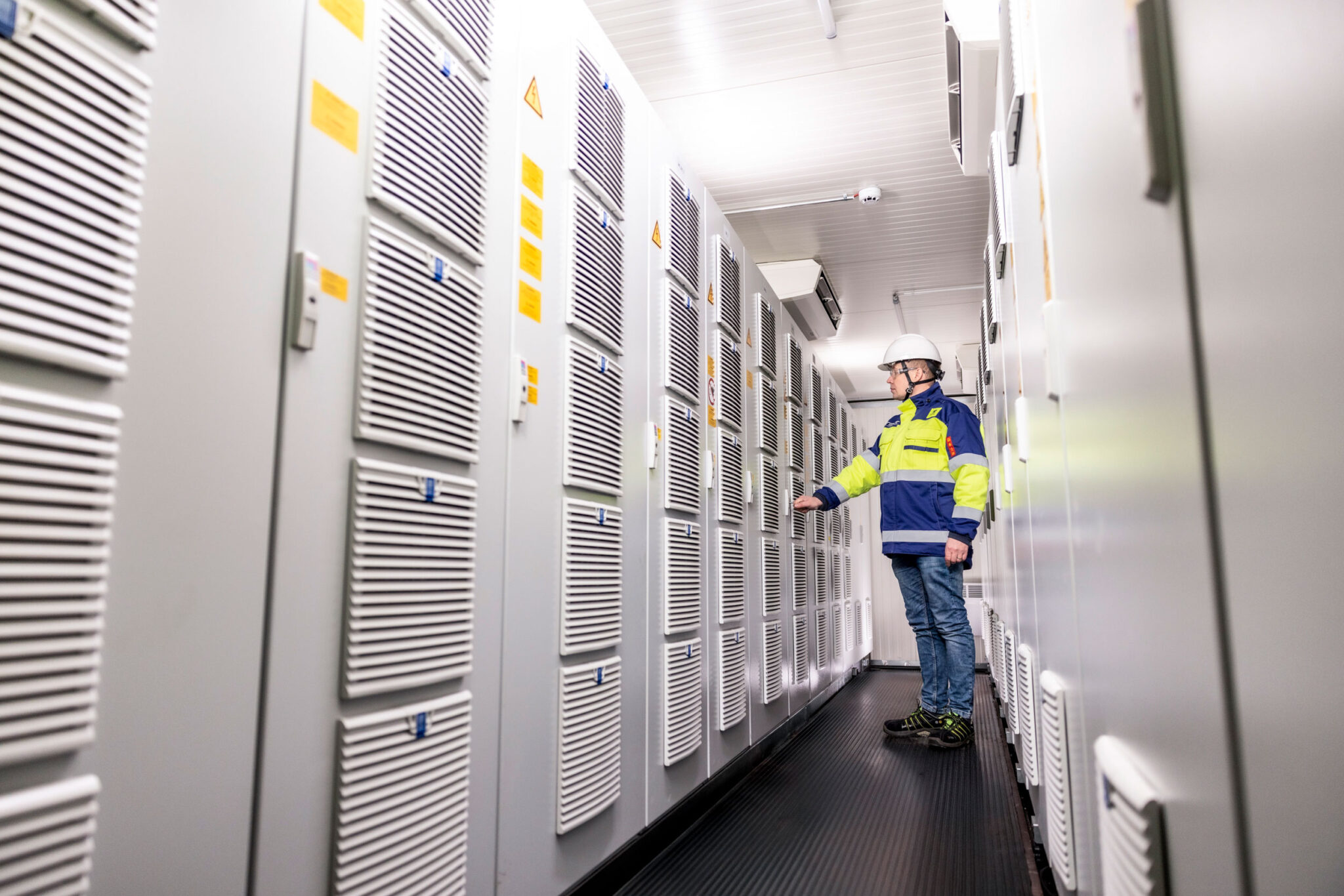The Network Code for Emergency and Restoration specifies minimum requirements for TSOs, which are aimed at preventing a national blackout situation, in other words, a widespread electricity outage. It also specifies the methods used to restore use if a blackout cannot be avoided.
The network code harmonises operating methods and improves cooperation between TSOs and other parties throughout the EU area and with third-party countries.
The network code obliges TSOs to compile a System Defence Plan. This outlines the methods that will be used to prevent a blackout after the normal remedial actions have been taken.
The TSOs also have to produce a Restoration Plan concerning how electricity will be restored in a blackout situation.
Based on these plans, the TSO must appoint the significant grid users that are needed to implement the plans nationally. These parties must also be approved by the authorities.
The System Defence Plan requires the identification of a group of parties – distribution system operators and electricity producers and consumers – which play a key role in terms of preparing for and dealing with widespread disturbances. Among other things, these parties implement the automation needed to manage over- and under-frequency situations.
At this time, it appears that the Restoration Plan will involve identifying a smaller group of parties that must be capable of operating for at least 24 hours during an electricity outage and implementing essential actions for the restoration process after a blackout.
For this purpose, the parties must be available via a voice communication system with sufficient redundancy. The communication system must function for at least 24 hours, even during an electricity outage.
The tools that are critical for the restoration process, mainly those associated with monitoring and controlling substations identified as significant, must function for at least 24 hours.







